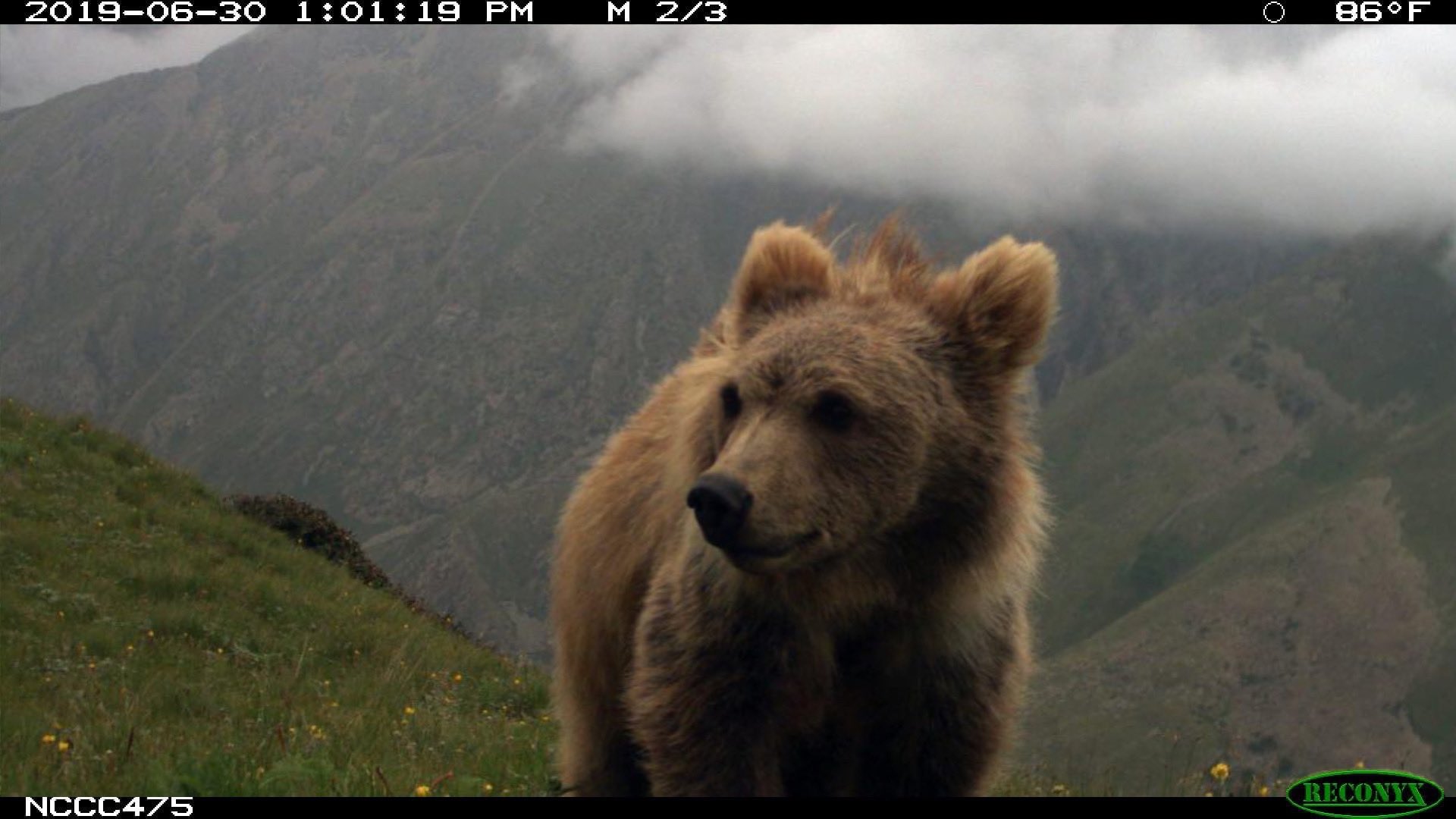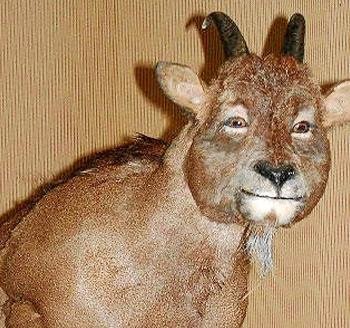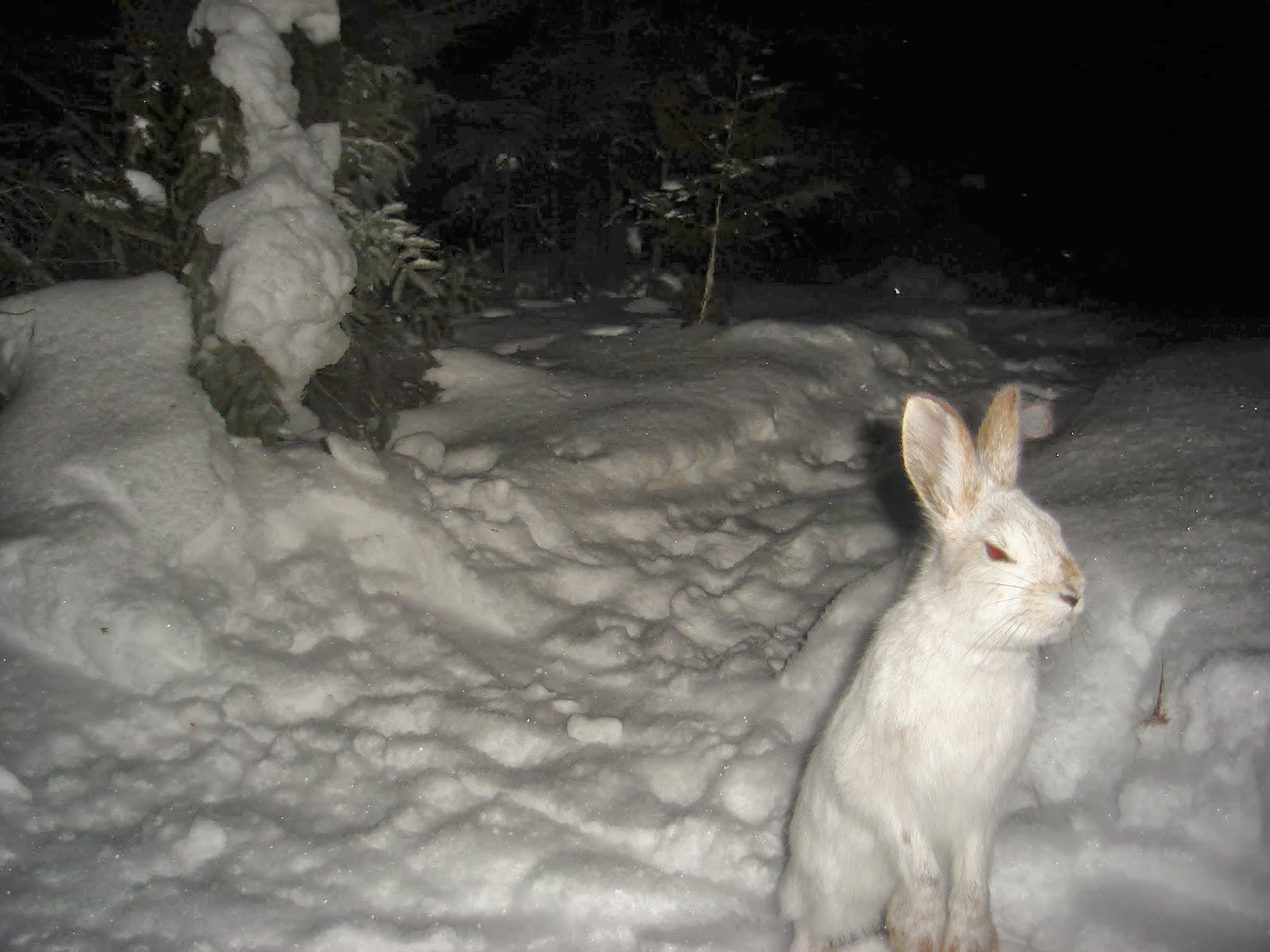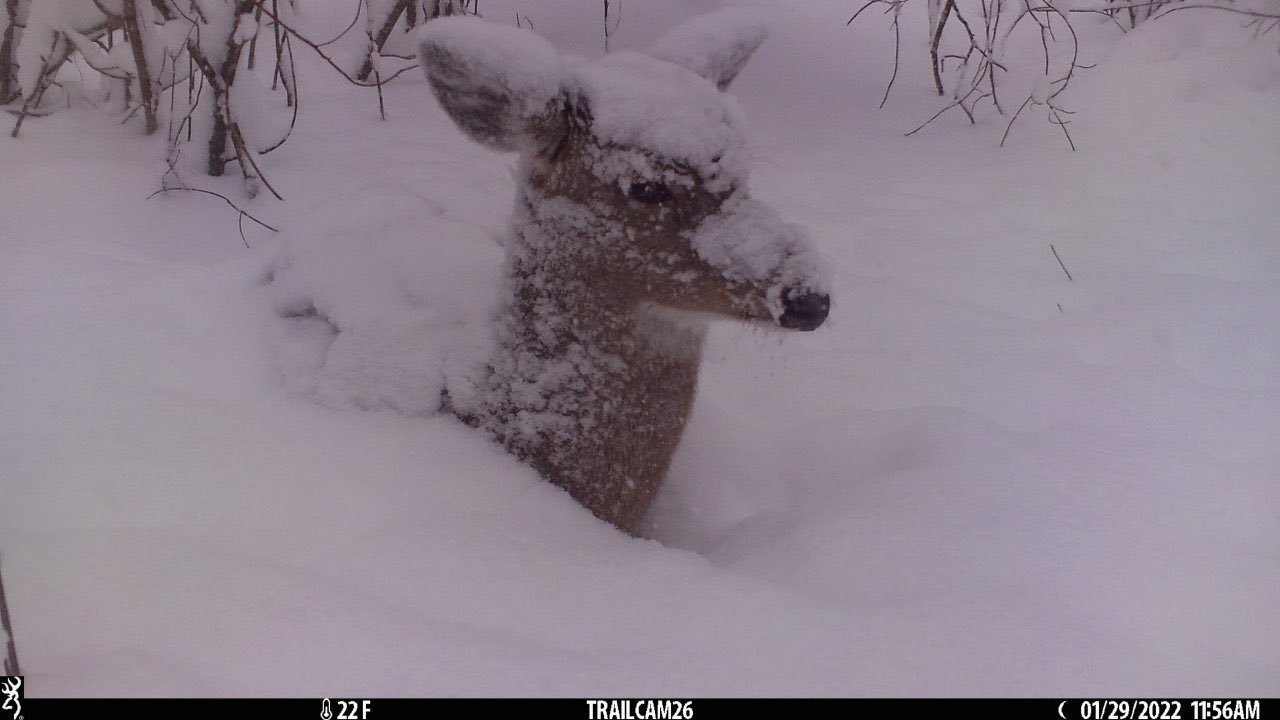earth
12805 readers
14 users here now
The world’s #1 planet!
A community for the discussion of the environment, climate change, ecology, sustainability, nature, and pictures of cute wild animals.
Socialism is the only path out of the global ecological crisis.
founded 4 years ago
MODERATORS
426
427
428
429
430
431
432
433
434
16
New Report: “Biogas” Industry Deepening Alliance Between Polluting Factory Farm and Fossil Fuel Giants
(www.commondreams.org)
435
436
437
438
439
440
14
‘Indigenous’ and ‘local’ shouldn’t be conflated: Q&A with Indigenous leader Sara Olsvig
(news.mongabay.com)
441
442
19
False claims of U.N. backing see Indigenous groups cede forest rights for sketchy finance
(news.mongabay.com)
443
444
445
446
447
448
449
450















